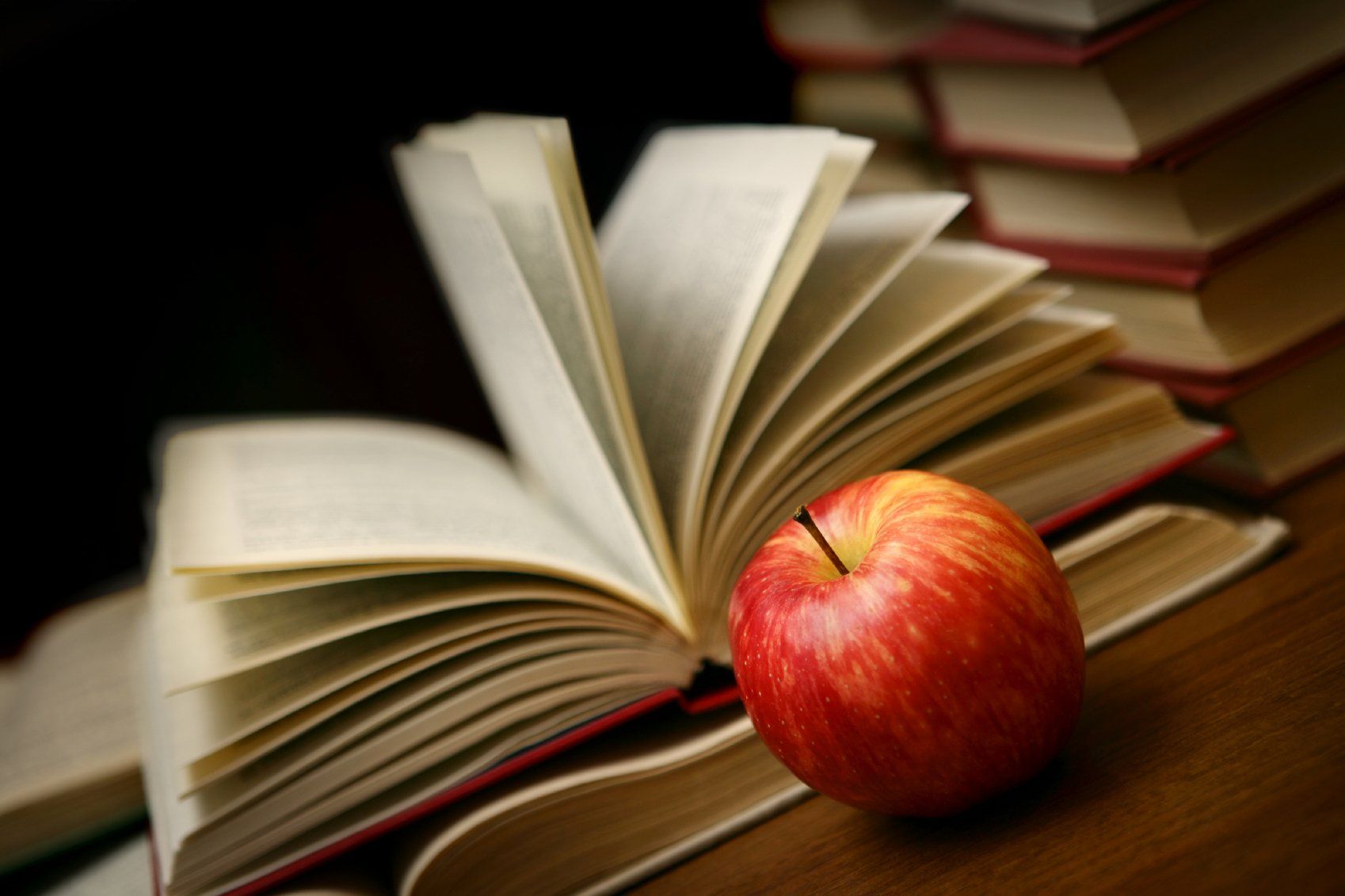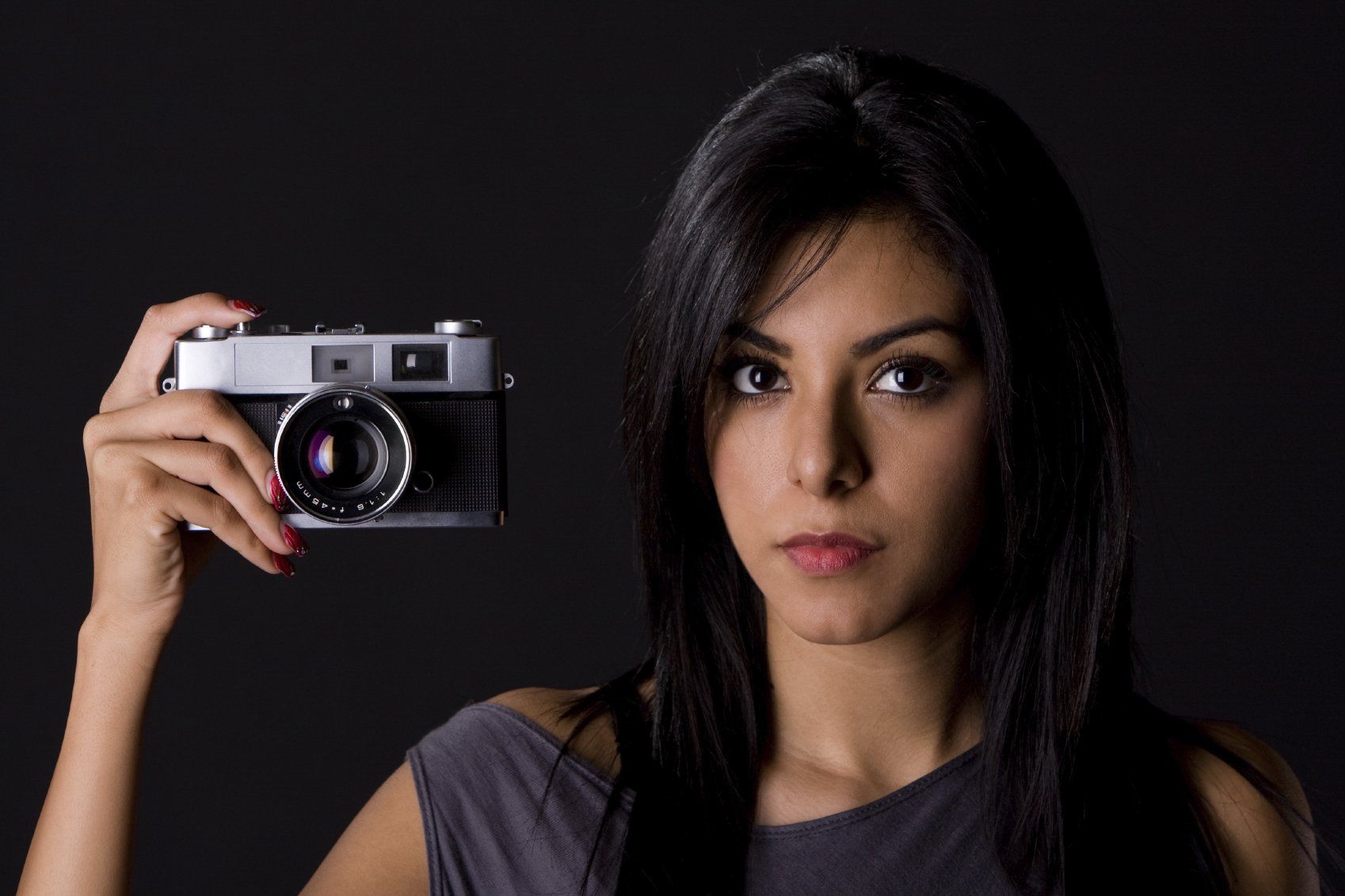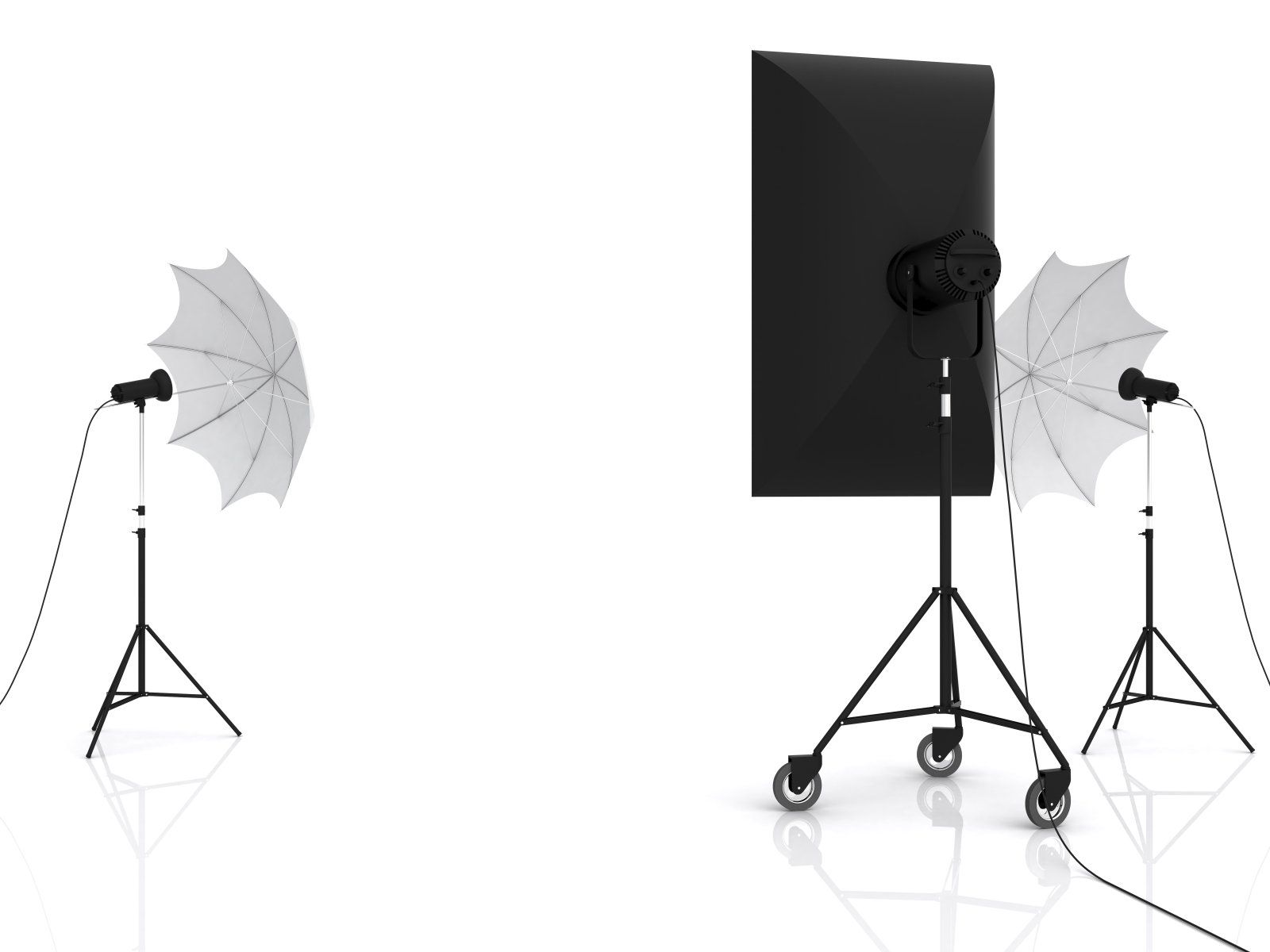Commit to Lifelong Learning
"perpetuam uitae doctrina!"
"Live as if you were to die tomorrow.
Learn as if you were to live forever." Mahatma Gandhi.

Basic Principles of Photography
Enrich Your Life! We are here to point you in the right direction and cheer you on.

The first step is to find the right camera for you. There are very good digital cameras for amateur photographers, as well as budget cameras depending on your budget. Consider the features of the camera and what type of photography you plan to do.
It’s also important to pick the right lens. Camera lenses can be used to create different types of effects, such as wide angle, zoom, and macro lenses. Depending on the type of photography you plan to do, you should choose the right lens for your needs.
Lighting plays an important role in photography and affects how the final image will look. Understanding how different lighting techniques work is important in order to take good photos.
Exposure refers to how much light is captured by the camera sensor when taking a photo. The amount of exposure can affect the quality and brightness of your images. It’s important to know how to properly adjust the exposure settings on your camera.
Composition is the arrangement of elements within a frame that creates a visually pleasing photo.
Compositional elements like leading lines, symmetry, and negative space can help create interesting images.
Once you’ve taken a photo, you can edit it to enhance the colors and contrast of the image. Editing programs like Adobe Lightroom and Photoshop can be used to make adjustments and create unique effects.
These are just some of the basics when it comes to learning photography. With the right camera, lens, and knowledge of basic principles, you can explore different genres such as portrait, landscape, and wildlife photography – or even make money with photography!
Don’t forget to have fun with photography too!


The Essential Guide to Photography Fundamentals
Are you interested in learning the basics of photography but don’t know where to start? Look no further! This article serves as a basic guide to the essential fundamentals of photography. We will be discussing the importance of composition, light, and angles as well as the various tools used in photography such as lenses, cameras, and tripod stands. Whether you are a beginner or an experienced photographer, this article will provide you with useful tips and knowledge about the basics of photography.
So get ready to explore the art of capturing moments and beautiful shots with your camera!
List of Services
-
What is Aperture?List Item 1
Aperture is the opening in a camera lens that controls the amount of light entering the camera and passing through the lens to the image sensor. It is measured in f-stops and determines how much depth of field is in focus in the final image. A wide aperture, or low f-stop number, will create a shallow depth of field with only a small portion of the image in focus. Conversely, a narrow aperture, or high f-stop number, will result in a deep depth of field with more of the image in focus. Understanding aperture is important for controlling the overall look and feel of a photograph, particularly in portraits or landscapes where depth of field is a key element of the composition.
-
What is Shutter Speed?List Item 2
Shutter speed is the amount of time the camera's shutter is open and how long the image sensor is exposed to light. It is measured in fractions of a second, and the faster the shutter speed, the less light will reach the image sensor. Shutter speed is a critical factor in capturing sharp, blur-free photos, and it can also be used creatively to add motion blur or freeze action. For example, a fast shutter speed can capture the moment a bird takes off from a branch, while a slower shutter speed can blur the water in a waterfall or the movement of a person dancing. Understanding how to adjust the shutter speed is essential for mastering exposure and achieving your desired effect in your photos.
-
White BalanceList Item 3
Have you ever noticed that sometimes your photos have a strange tint or color cast? This is due to incorrect white balance. White balance is essentially the camera’s way of interpreting the colors in a scene. Different light sources (e.g. sunlight, indoor lighting, fluorescent lights, etc.) emit different color temperatures, and the camera needs to adjust to these different sources in order to produce accurate colors.
Most cameras come with a variety of white balance presets, such as daylight, cloudy, shade, tungsten, fluorescent, and flash. These presets are designed to compensate for the different color temperatures of various lighting conditions. For example, if you’re shooting indoors under fluorescent lighting, you might want to choose the fluorescent white balance preset to neutralize the greenish tint that’s often present under these types of lights.
However, if you’re shooting in mixed lighting conditions, or if you want to get more creative with your white balance, you can set a custom white balance. To do this, you’ll need to photograph a white or gray card in the same lighting conditions as your subject, and then use that image as a reference for your custom white balance setting. This will help ensure that the colors in your photos are as accurate as possible.
Understanding and mastering white balance can greatly improve the quality of your photos, so don’t be afraid to experiment and find what works best for your particular situation.
-
Shooting ModesList Item 4
When you're starting out in photography, understanding the different shooting modes on your camera can feel overwhelming.
However, they are essential to understanding how to control the exposure and focus of your images. Here are the most common shooting modes you'll find on most cameras:
1. Auto Mode: This is the default setting on most cameras. The camera decides all the settings for you, including aperture, shutter speed, and ISO. This mode is ideal for beginners or if you're in a rush to capture a shot quickly.
2. Manual Mode: This mode gives you full control over all camera settings. It requires some technical knowledge of photography, but allows for more creative control.
3. Shutter Priority Mode: This mode allows you to choose the shutter speed while the camera sets the aperture. This is ideal for capturing motion, such as sports or moving water.
4. Aperture Priority Mode: This mode allows you to choose the aperture while the camera sets the shutter speed. This is ideal for controlling the depth of field, such as blurring the background while keeping the subject in focus.
5. Program Mode: This mode is similar to Auto Mode, but allows you to adjust certain settings, such as ISO and white balance.
Choosing the right shooting mode will depend on what you're trying to capture and your level of technical knowledge. As you become more familiar with your camera and the different modes, you'll be able to choose the best setting for each shot.
-
Exposure
When we talk about exposure, we are referring to the amount of light that enters the camera and how it affects the final image. There are three elements that work together to determine the exposure of an image: aperture, shutter speed, and ISO.
Aperture refers to the size of the opening in the lens through which light enters the camera. It is measured in f-stops, and a larger aperture (lower f-stop number) means more light will be allowed in. Shutter speed is the amount of time that the camera's sensor is exposed to light. It is measured in seconds or fractions of a second, and a faster shutter speed will result in less light entering the camera. Finally, ISO refers to the camera's sensitivity to light. A higher ISO will make the camera more sensitive to light and result in a brighter image.
Balancing these three elements is key to achieving a well-exposed image. A properly exposed photo should have a good balance of light and shadow, without any areas that are too bright (overexposed) or too dark (underexposed). The specific settings you choose will depend on the lighting conditions and your creative vision for the shot.
It's important to note that exposure isn't just about getting a technically correct image. By manipulating the exposure, you can create mood and atmosphere in your photos. For example, underexposing a photo can create a dramatic and moody effect, while overexposing a photo can give it a dreamy and ethereal feel.
Experimenting with different exposure settings is key to improving your photography skills and developing your own personal style. Play around with the aperture, shutter speed, and ISO settings and see how they affect your final image. With practice and patience, you'll soon be able to master the art of exposure and take your photography to the next level.
-
Composition
Composition is the arrangement of elements in a photograph to create a visually pleasing image. There are a few key principles to keep in mind when composing a photograph.
Firstly, consider the rule of thirds. Imagine that the frame is divided into thirds horizontally and vertically, and aim to place your subject or points of interest along these lines or at the intersection points. This creates a balanced and aesthetically pleasing composition.
Another principle to keep in mind is leading lines. Use elements such as roads, fences, or buildings to guide the viewer's eye through the photograph. This creates depth and can add interest to an otherwise simple composition.
The use of framing is also important in composition. This involves using objects in the foreground to create a natural frame around the subject. This can add context to the photograph and help draw the viewer's eye to the main point of interest.
Lastly, be mindful of the background in your photograph. A cluttered or distracting background can detract from the subject and ruin an otherwise good shot. Consider moving to a different angle or position to find a more suitable background.
By keeping these principles in mind and experimenting with different compositions, you can elevate your photography to the next level and create stunning images.
-
Lenses
One of the most important tools in a photographer's kit is their lens. The right lens can make all the difference in the quality and composition of your photos.
There are a few different types of lenses to consider, each with their own strengths and weaknesses.
Wide-angle lenses are great for landscapes and architecture photography, allowing you to capture a wide angle of view. They also tend to create a sense of depth in photos.
Telephoto lenses, on the other hand, are great for capturing detail in distant subjects. They can also create a compressed effect, bringing background and foreground elements closer together.
Zoom lenses offer versatility, allowing you to adjust your focal length on the fly. Prime lenses, on the other hand, have a fixed focal length, which can make them more limited in use but often produces sharper, clearer images.
It's also important to consider the aperture of your lens. A wider aperture, like f/1.8 or f/2.8, allows more light in and can create a shallow depth of field, great for portraits or artistic shots.
However, wider apertures also mean a narrower focus range, making it more difficult to keep everything in focus. A smaller aperture, like f/11 or f/16, allows for a wider focus range but also reduces the amount of light entering the camera.
Overall, choosing the right lens is all about knowing your intended use and what effects you want to achieve in your photos. Do your research and experiment with different lenses to find the ones that work best for you and your style of photography.
